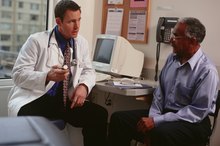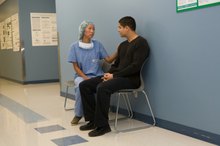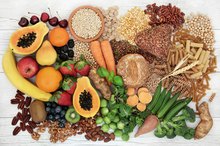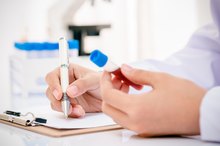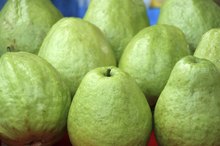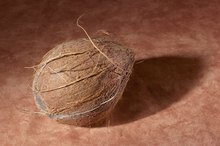How to Get Liver Enzymes Back to Normal Levels
A number of medical conditions, medications and lifestyle choices can lead to elevated liver enzymes. Heavy drinking, hepatitis and obesity are very common causes. You might also suffer from nonalcoholic fatty liver disease, a heavy accumulation of fat in the liver. Your doctor can help uncover the cause of the high enzyme levels and recommend the appropriate treatment.
If you are experiencing serious medical symptoms, seek emergency treatment immediately.
Take any prescription medication your doctor gives you. If you’re suffering from a gallbladder infection or inflammation, hypothyroidism, mononucleosis, pancreatitis or other medical problem, your doctor might prescribe antibiotics or anti-inflammatories to help resolve the problem.
Foods Known to Damage the Liver
Learn More
Stop smoking and drinking or reduce these to a minimum. Both alcohol and tobacco contain toxins that are bad for the liver, especially when your liver enzymes are already elevated. Alcohol can also increase fat accumulation in the liver.
Reduce your calorie intake if you’re overweight. According to the Hepatitis Foundation International, an excess of calories, especially in the form of carbohydrates, can actually worsen your liver enzyme levels by increasing fat deposits 2. Eliminate sweets, baked goods and cookies and cakes first. Instead, concentrate on healthier foods such as whole grains, fruits and vegetables and lean proteins.
How to Lower ALT and AST Liver Enzymes
Learn More
Take milk thistle supplements. Although scientific results are mixed, the herb milk thistle shows promising results in the treatment of viral hepatitis and liver disease, according to the University of Maryland Medical Center 1. Take capsules as indicated on the label, since quantities vary among brands.
Related Articles
References
- University of Maryland Medical Center; Milk Thistle; Steven D. Ehrlich, NMD; March 2009
- American Liver Foundation: Ways You Can Take Care of Your Liver
- Ersöz G, Günşar F, Karasu Z, Akay S, Batur Y, Akarca US. Management of fatty liver disease with vitamin E and C compared to ursodeoxycholic acid treatment. Turk J Gastroenterol. 2005;16(3):124-8.
- Cusi K. Nonalcoholic fatty liver disease in type 2 diabetes mellitus. Curr Opin Endocrinol Diabetes Obes. 2009;16(2):141-9. doi:10.1097/MED.0b013e3283293015
- Deivanayagam S, Mohammed BS, Vitola BE, et al. Nonalcoholic fatty liver disease is associated with hepatic and skeletal muscle insulin resistance in overweight adolescents. Am J Clin Nutr. 2008;88(2):257-62. doi:10.1093/ajcn/88.2.257
Writer Bio
Tammy Dray has been writing since 1996. She specializes in health, wellness and travel topics and has credits in various publications including Woman's Day, Marie Claire, Adirondack Life and Self. She is also a seasoned independent traveler and a certified personal trainer and nutrition consultant. Dray is pursuing a criminal justice degree at Penn Foster College.

